Winchcombe, Gloucestershire shot into the headlines in 2021, when a rain meteorites came down in the quiet town, and were recovered shortly after.
Now, after three years of intensive study, the international team of researchers examining the rock have released their findings.
Their analysis shows the rock started out rich in ice, which then melted to create a mud ball.
Over millions of years, the meteorites progenitor was torn apart and reformed over and over again, while the minerals within the rock were constantly interacting with the water.
The resulting rock, made from many different types all bound together, can help researchers look back through the history of the Solar System, particularly at how water has helped shape it.
Finding meteorites in the Gloucestershire countryside
On 28 February 2021, a fireball was seen streaking across the sky over Gloucestershire, UK on 28 February 2021, sparking a rapid search for potential meteorites.
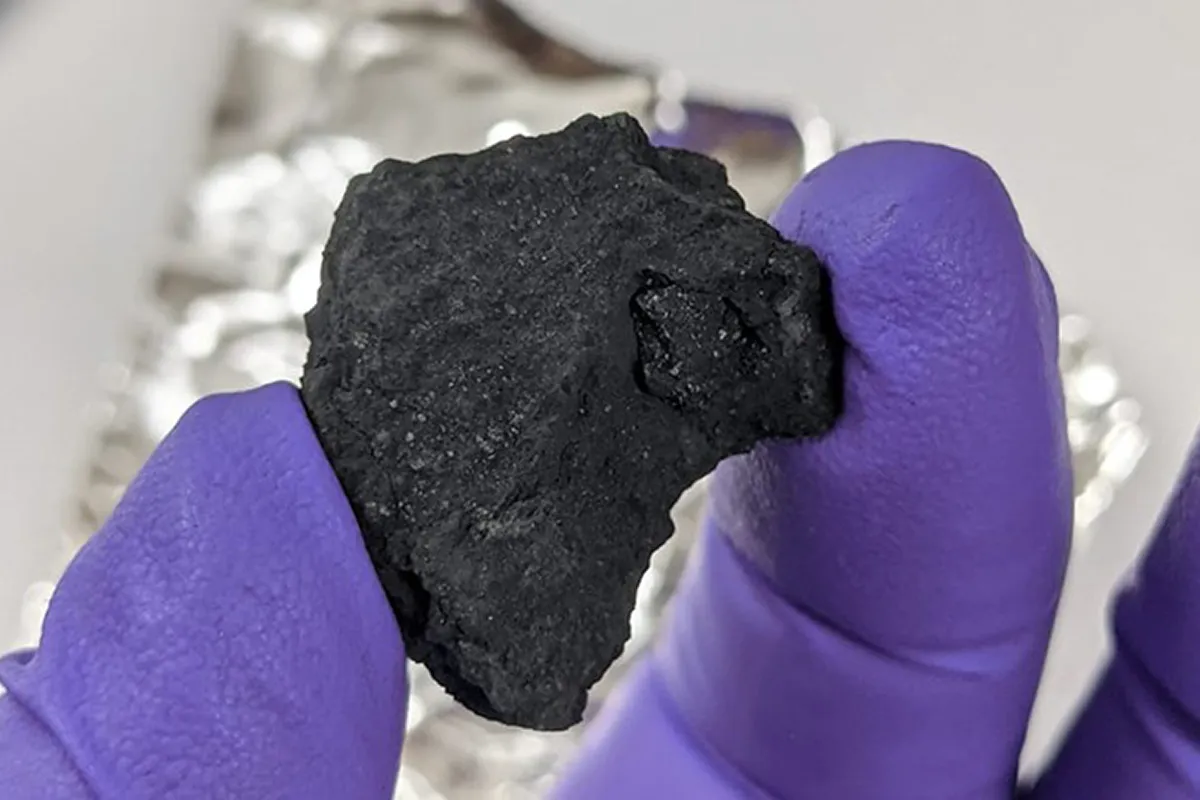
Within a few hours, a search team had recovered a substantial amount of meteorite material from sites around Winchcombe, with more discovered over the next few days which were all catalogued for analysis.
This meant the space rocks weren’t left outside, exposed to Earth’s atmosphere for an extended period of time, as is the case with most meteorites.
"The speed which the fragments of Winchcombe were recovered left us with some pristine samples for analysis, from the centimetre scale all the way down to individual atoms within the rocks,” says Martin Suttle from the Open University, who took part in the analysis.
Analysing the Winchcombe meteorite
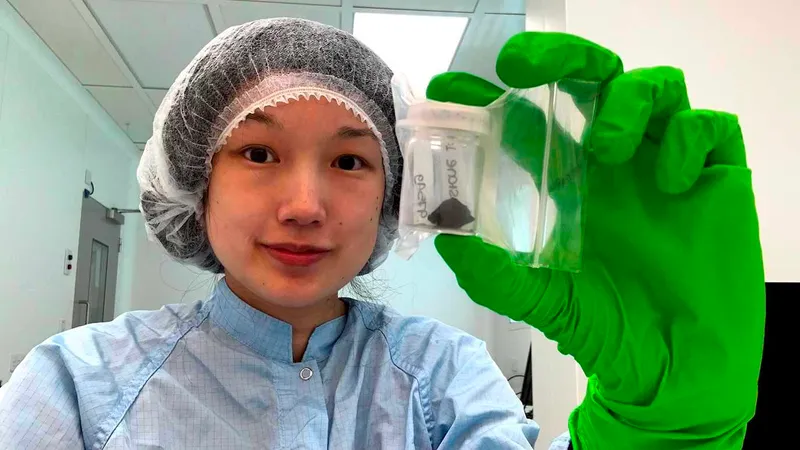
A team of researchers from the UK, Europe, Australia and the US collaborated to analyse the Winchcombe meteorites down to the atomic level.
Their aim was to investigate the meteorites breccia, the complex structure of the rock formed by other smaller chunks and grains of rock which are then cemented together.
“Each grain is a tiny time capsule that, taken together, helps us build a remarkably clear view into the formation, re-formation, and alteration that occurred over the course of millions of years," says Suttle.
The team used a mixture of advanced techniques to examine the rock on a nano scale (for reference, a human hair is 75,000 nanometers thick), including transmission electron microscopy, electron backscatter diffraction, time of flight secondary ion mass spectrometry and atom probe tomography.
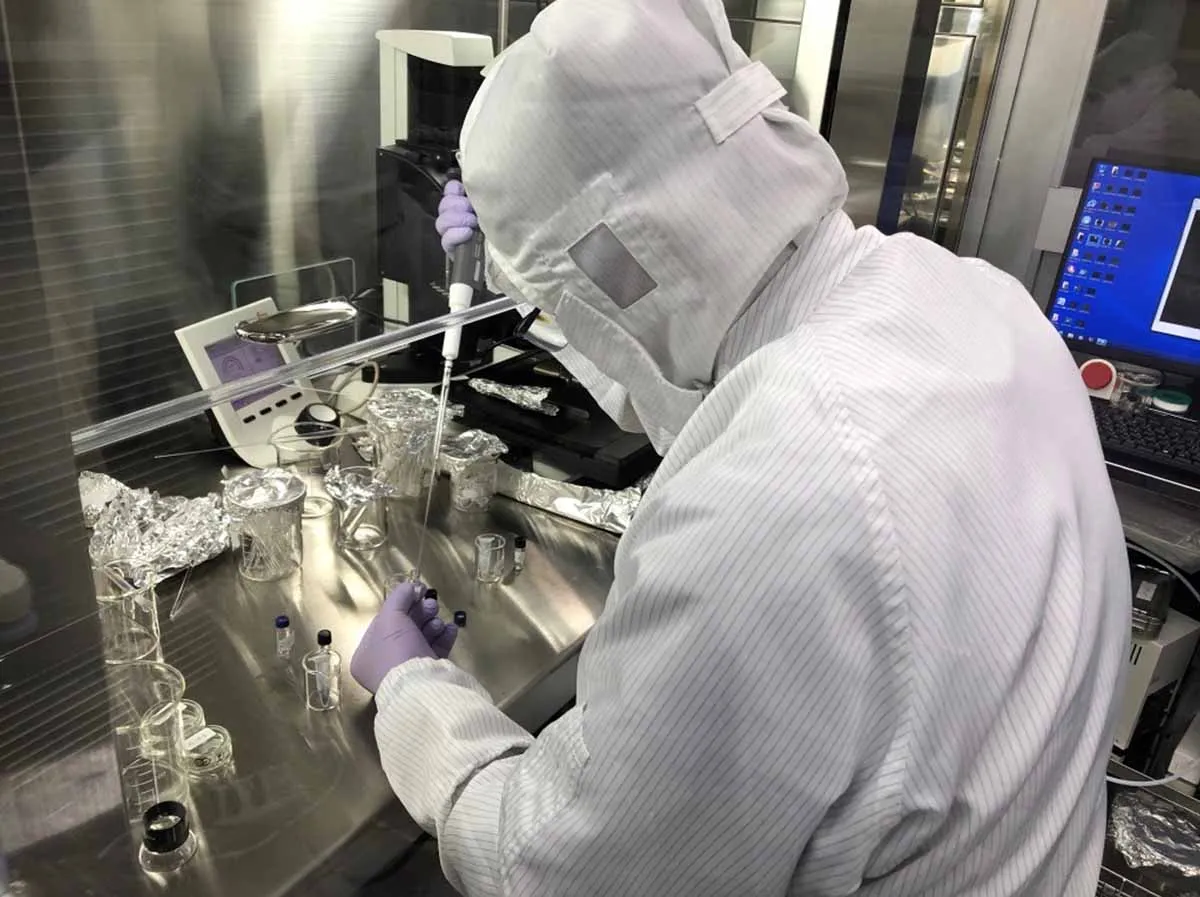
“This level of analysis of the Winchcombe meteorite is virtually unprecedented for materials that weren't directly returned to Earth from space missions, like Moon rocks from the Apollo program or samples from the Ryugu asteroid collected by the Hayabusa 2 probe," said Leon Hicks from the University of Leicester, who also helped study the meteorite.
Click here to find out about other famous meteorites
What we’ve learned about water from the Winchcombe meteorite
Initial analysis found the Winchcombe meteorites are carbonaceous chondrites – carbon-rich asteroids that formed in the earliest periods of the Solar System.
Closer study revealed that there appears to be eight different types of rock all jumbled together, indicating that the parent asteroid was broken apart and reformed over and over again.
“We were fascinated to uncover just how fragmented the breccia was within the Winchcombe sample we analysed,” says Luke Daly from the University of Glasgow.
“If you imagine the Winchcombe meteorite as a jigsaw, what we saw in the analysis was as if each of the jigsaw pieces themselves had also been cut into smaller pieces, and then jumbled in a bag filled with fragments of seven other jigsaws.
“However, what we've uncovered in trying to unjumble the jigsaws through our analyses is new insight into the very fine detail of how the rock was altered by water in space.”
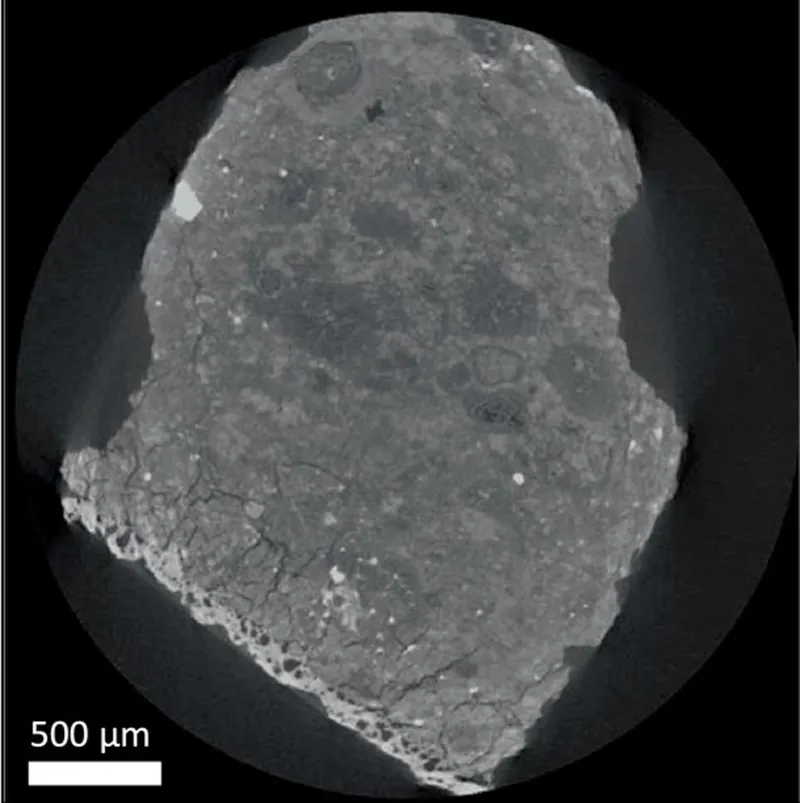
Surprisingly, each of the different types of rock appears to have been affected by water differently not just between each type, but within them as well.
The team found grains pristine grains next to ones completely altered by water.
“It gives us a clearer idea of how it must have been battered by impacts and reformed again and again over the course of its lifetime since it swirled together out of the solar nebula, billions of years ago,” says Daly.
Carbon-rich meteorites
Another surprising find was the number of carbonate minerals such as aragonite, calcite and dolomite in the rocks, suggesting the meteorite was more carbon rich than previously thought.
This suggests the asteroid accumulated frozen carbon dioxide while it was still icy, allowing it to form carbonates when it finally melted.
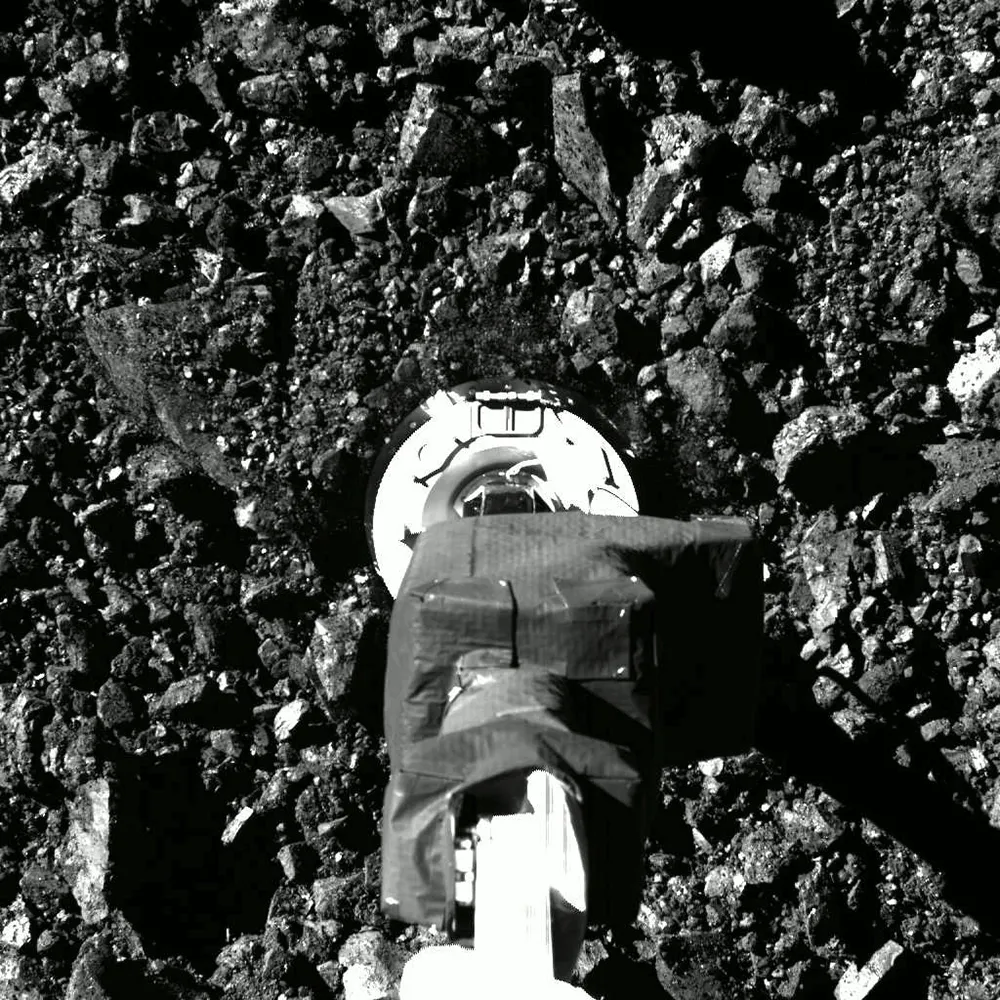
This could help explain why large carbonate veins have been spotted in samples brought back from asteroid Bennu by NASA’s OSIRIS-REX mission.
“Research like this helps us understand the earliest part of the formation of our Solar System in a way that just isn't possible without detailed analysis of materials that were right there in space as it happened,” says Diane Johnson from Cranfield University.
“The Winchcombe meteorite is a remarkable piece of space history and I'm pleased to have been part of the team that has helped tell this new story."
